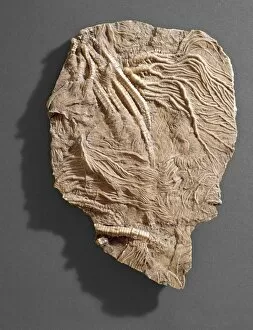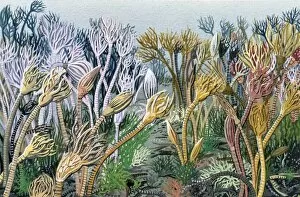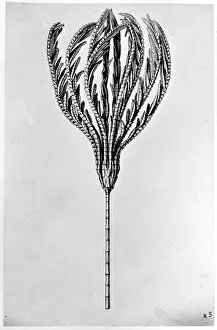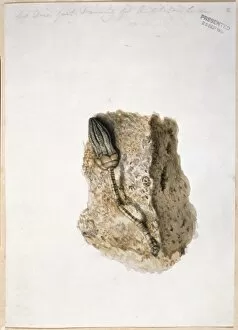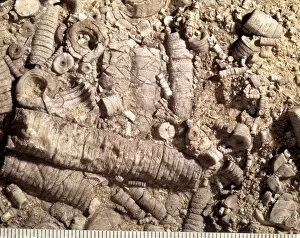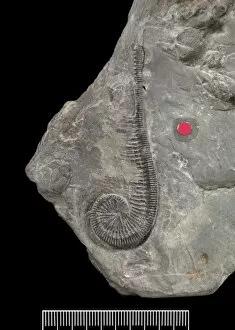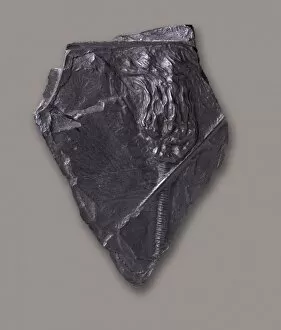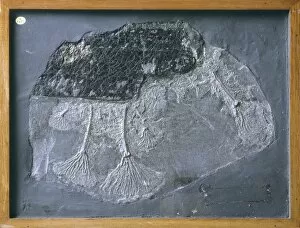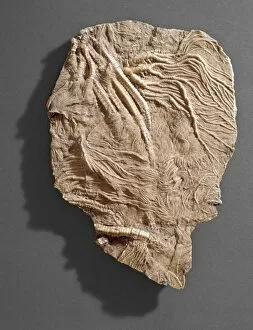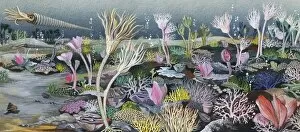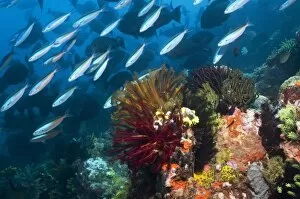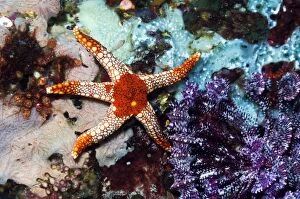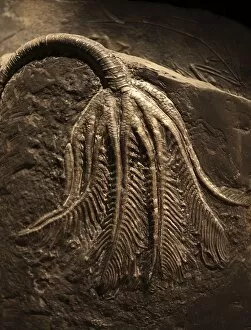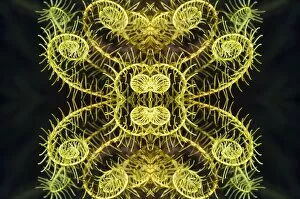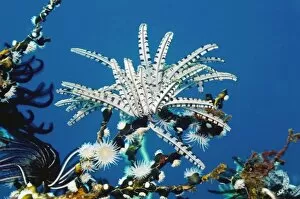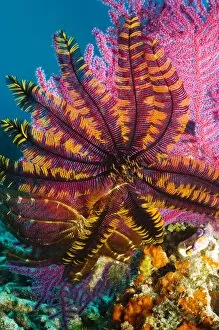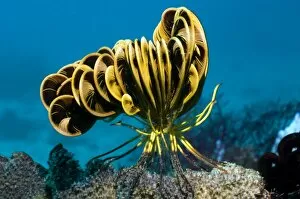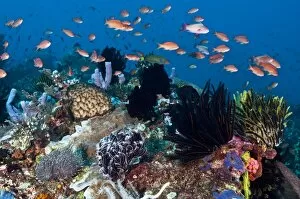Crinoidea Collection (#2)
Crinoidea, also known as crinoids, were extinct marine reptiles that once roamed the oceans
For sale as Licensed Images
Choose your image, Select your licence and Download the media
Crinoidea, also known as crinoids, were extinct marine reptiles that once roamed the oceans. These fascinating creatures left behind a legacy that can still be admired today. One intriguing aspect of crinoids is their association with St. Cuthberts Beads - rosaries made from crinoid columnals. These unique beads serve as a reminder of the ancient existence of these enigmatic beings. In modern times, we can witness the beauty and diversity of crinoids in various parts of the world. In Loch Duich, Highlands, Scotland, UK, a deep red Feather star shrimp called Hippolyte prideauxiana crawls secretly amongst the arms of a Feather star named Antedon bifida. This hidden interaction showcases nature's intricate connections. The vibrant colors and delicate forms continue to captivate us underwater. Take for instance the Crinoid or feather star (Antedon mediterranea) gracefully perched on a Violescent sea whip or Red sea fan. This mesmerizing sight can be observed in many places around our planet's oceans, including Tenerife in the Canary Islands. Even man-made structures like artificial reefs provide refuge for crinoids to thrive. Mabul in Malaysia serves as an example where these creatures find solace amidst this unconventional habitat. A kaleidoscopic image emerges when Feather stars (Crinoidea) coexist with Gorgonian wrapper anemones. The striking combination creates a visual spectacle that reminds us of nature's artistic prowess. Looking back into history reveals fossilized remnants such as Dimerocrinus - a fossil crinoid frozen in time forevermore. Ernst Haeckel immortalized these ancient beings through his illustrations in Kunstformen der Natur (Art Forms in Nature). Finally, let us not forget about the incredible details found within each arm of a Feather star (Crinoidea).

